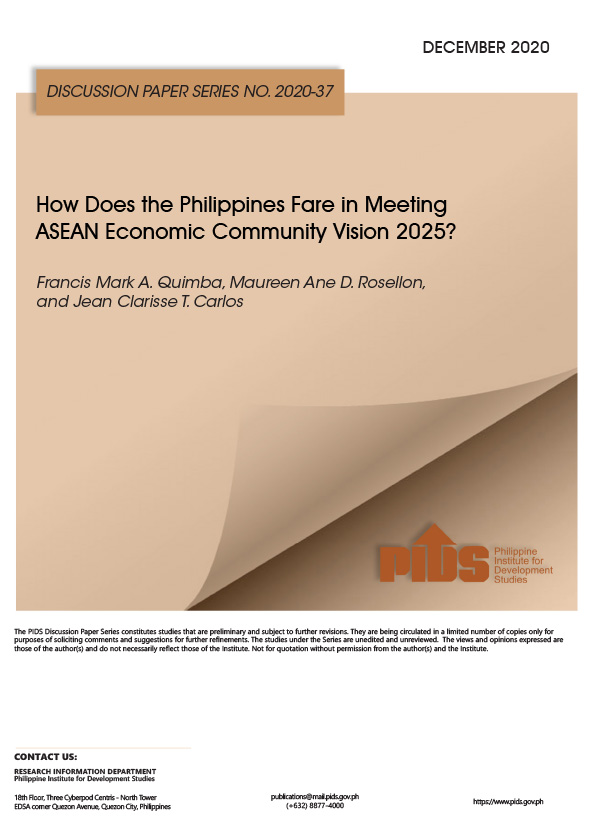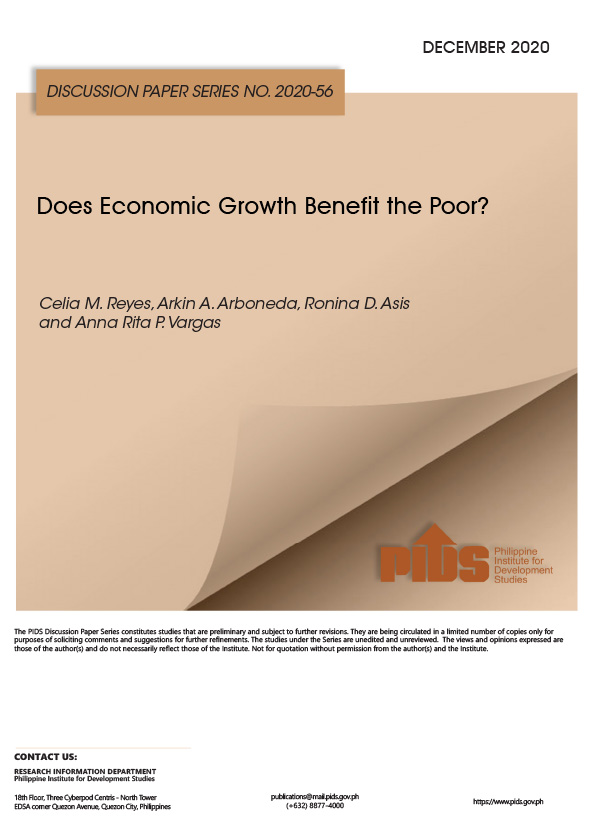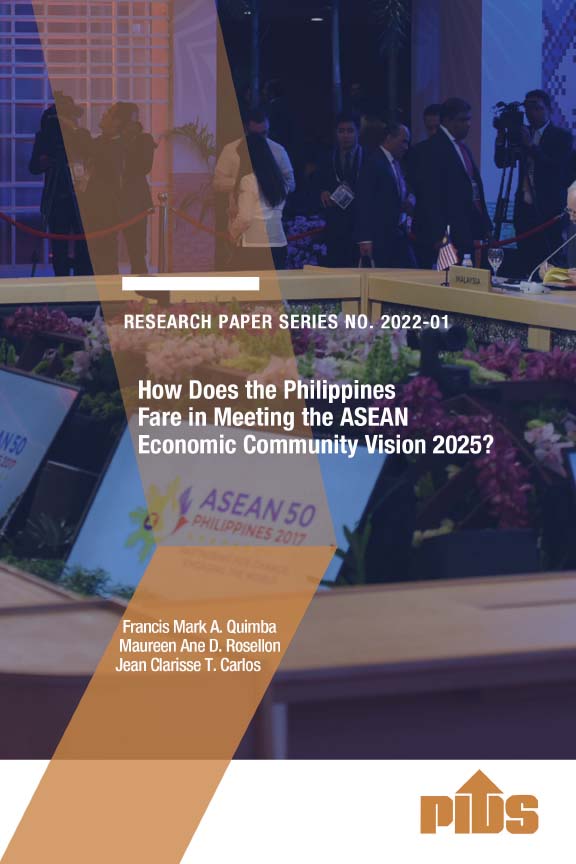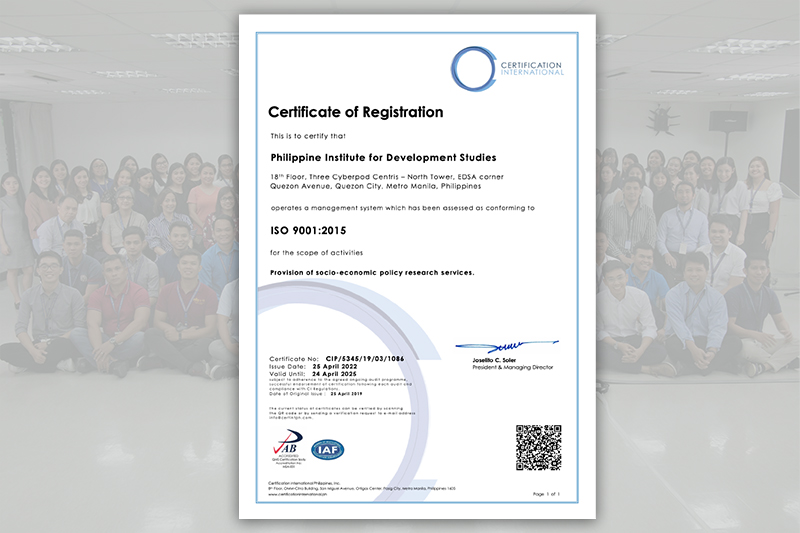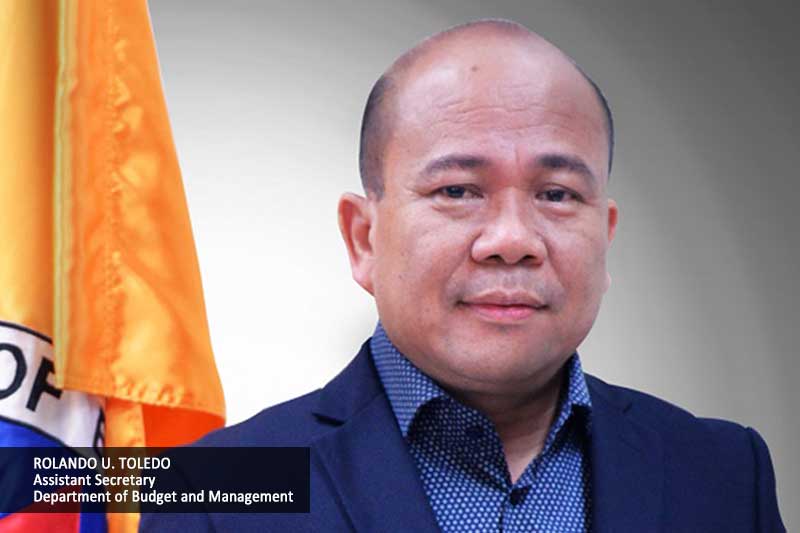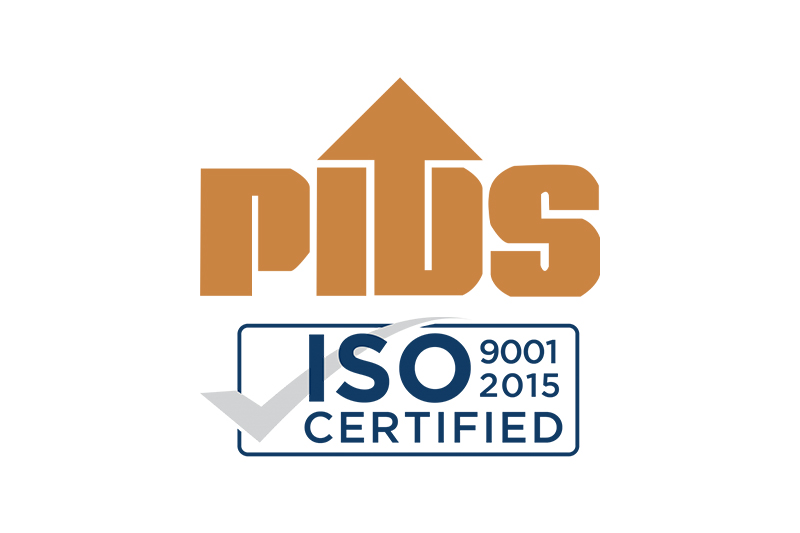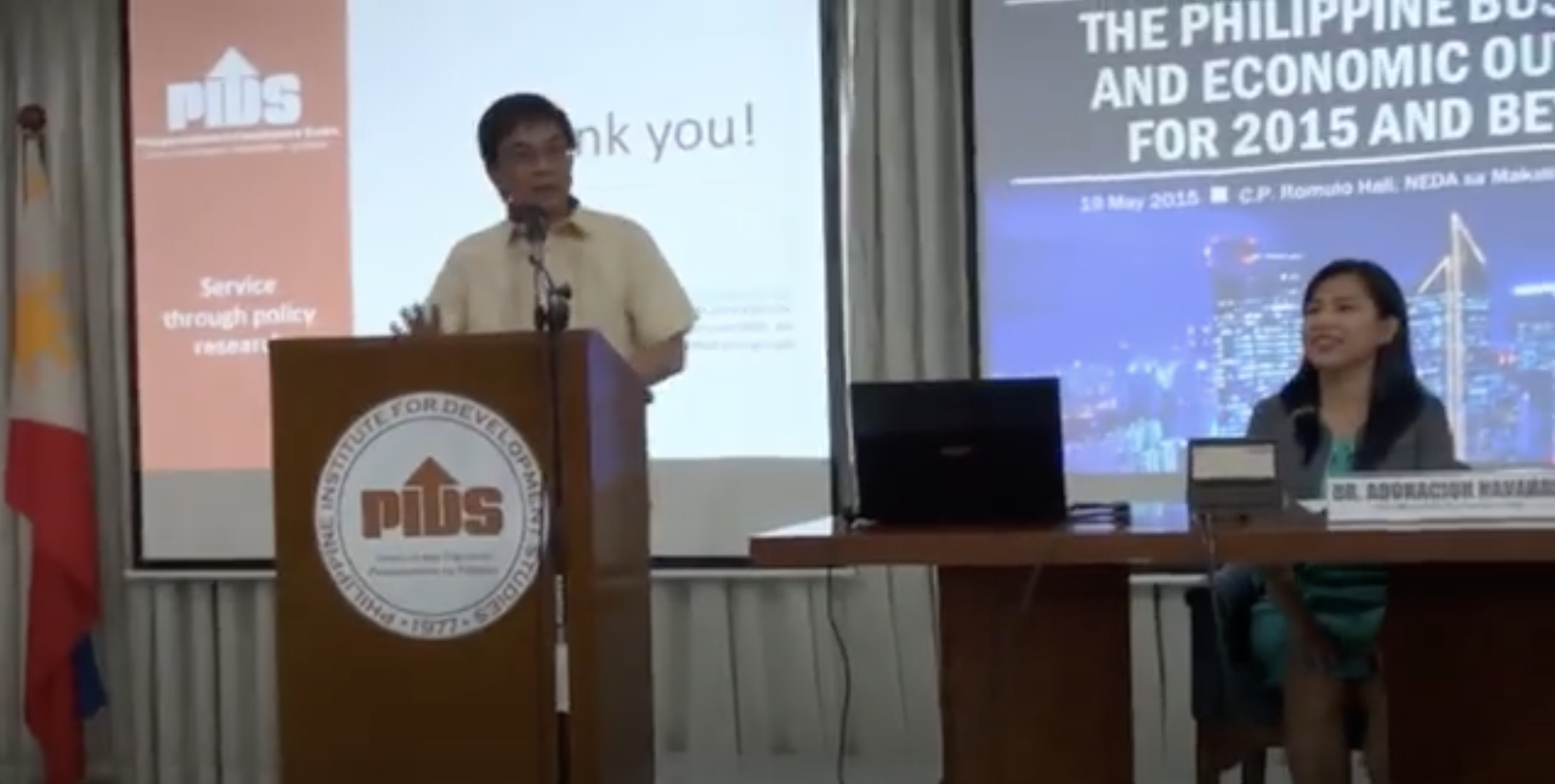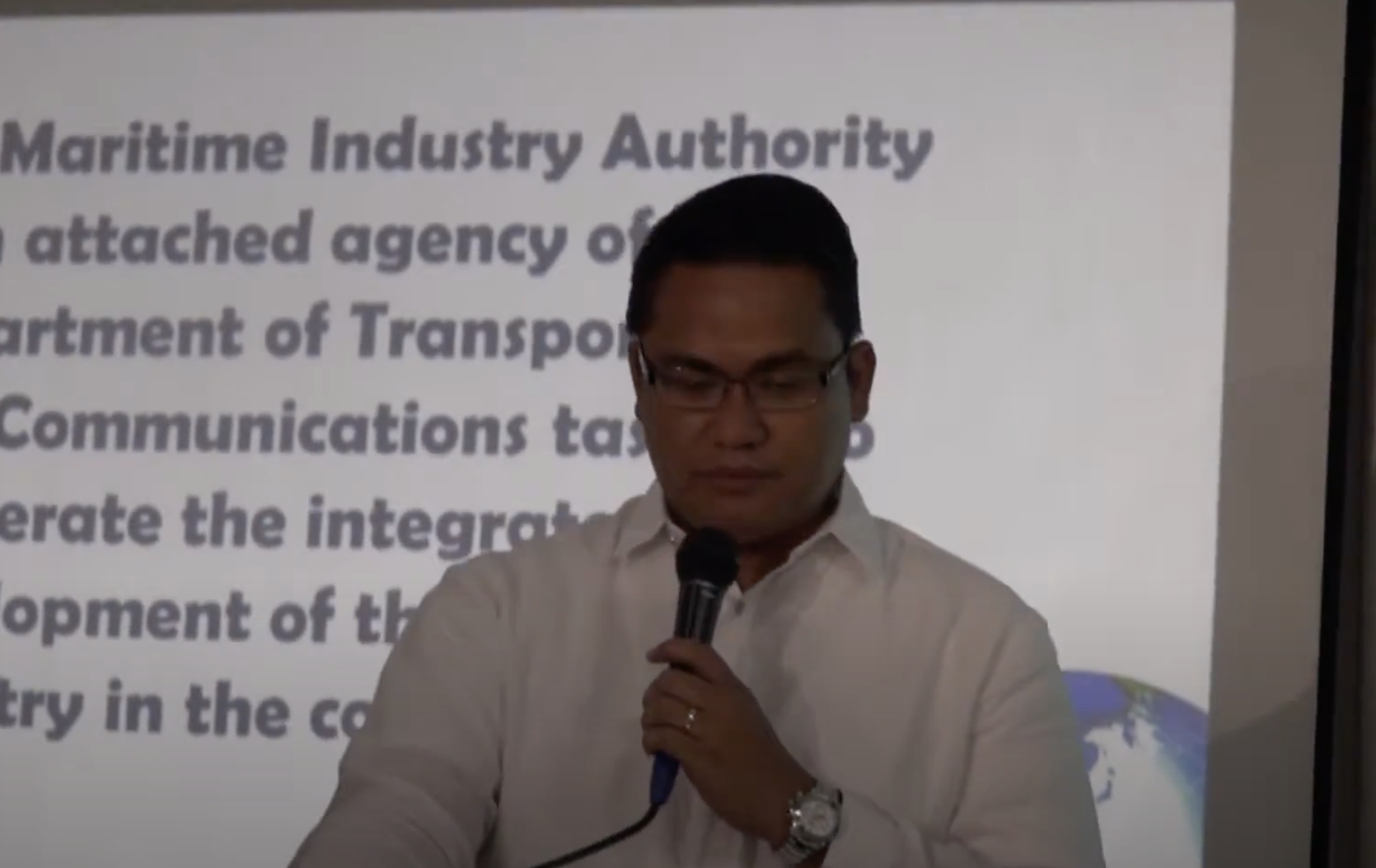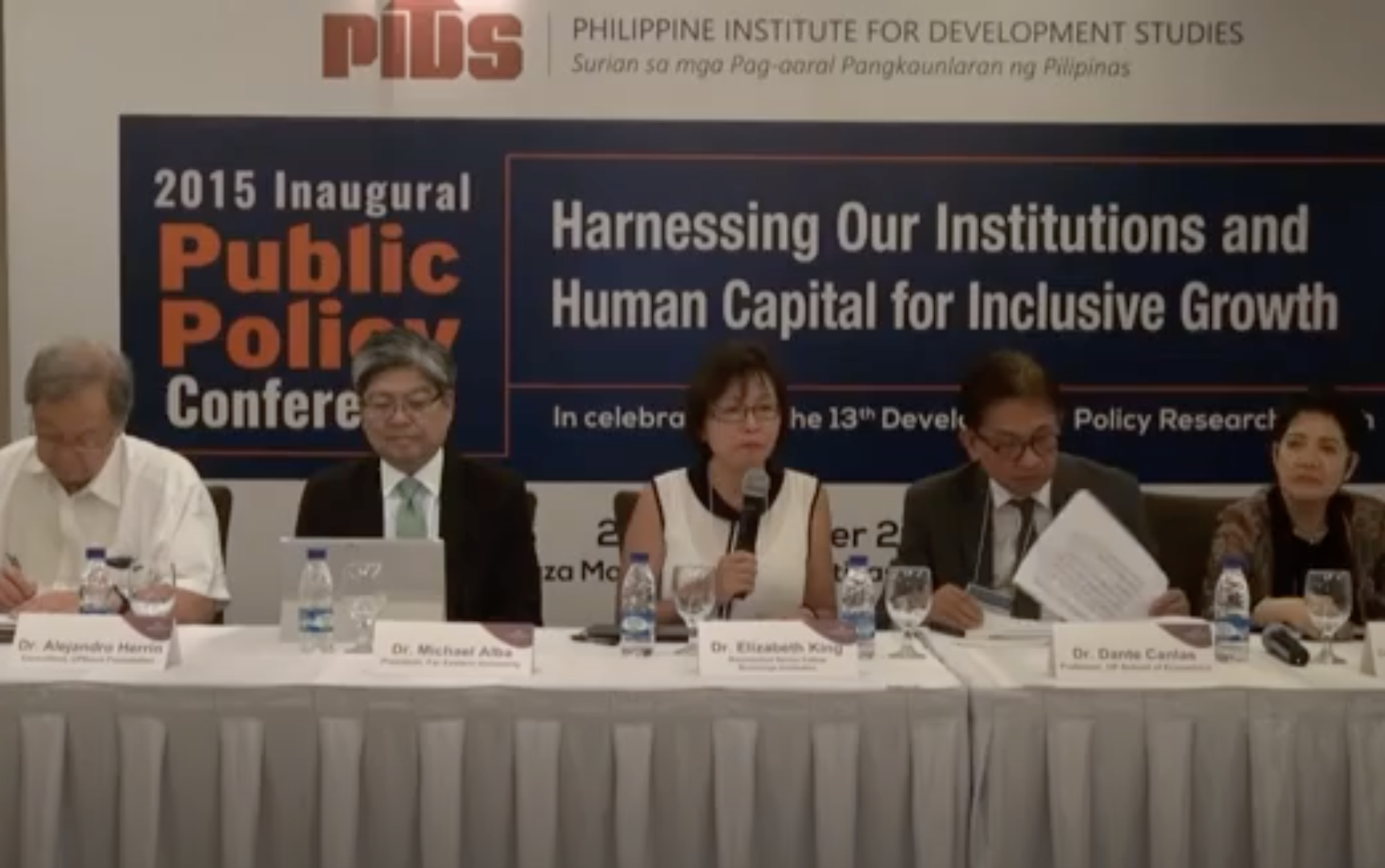The readiness of the Philippines to take a productive part in the Asean Economic Community (AEC) is a cause for concern, because like many of its fellow Asean member states, this country is behind schedule in the work that needs to be completed if the AEC is to meet the December 31 deadline in any meaningful way.
Of course, any assessment of how far the Association of Southeast Asian Nations (Asean) actually has progressed towards achieving the several hundred priority measures that will create the common market must be offered with a couple caveats. The Asean’s own AEC Scorecard has not been comprehensively updated since early 2012, and the assessments of government agencies tend to be over-optimistic, according to Thai journalist and Asean observer Kavi Chongkittavorn.
Chongkittavorn, who is an assistant group editor for Thailand’s Nation Media Group, in an opinion piece for The Korea Herald last month, cast doubt on the commonly-cited figure of "82 percent completion” of the Asean’s 2015 goals, which include not only the economic objectives represented by the AEC, but also important objectives in the political/security and social/cultural areas. Chong-kittavorn acknowledges the importance of prioritizing the economic goals; "Without [the Asean members’] economic progress, other forms of cooperation would be difficult to come by,” he noted.
"With no credible monitoring mechanism of the [Asean Com¬munity’s] blueprints, Asean leaders have taken comfort from their own evaluations,” Chong¬kit¬tavorn added.
Both he and Dr. Jayant Menon, lead economist for Regional Economic Integration at the Asian Development Bank, also pointed out that the "remaining 20 percent” of measures yet to be addressed are the most problematic. In terms of direct preparation for the AEC these are primarily concerned with "behind-the-border” obstacles to the free flow of goods and services, which in a commentary for the East Asia Forum last October were estimated by ADB’s Menon as being roughly 25 percent behind schedule as of the end of 2013. In terms of Asean’s complementary non-economic objectives, negotiations involving, as Chongkittavorn explained, "Sensitive issues related to human rights and democracy, freedom of expression, communal conflict, noninterference principles, cultural heritage and political dispute settlements,” are proceeding, although far more slowly than hoped. The good news is that the Philippines is not necessarily performing worse than its Asean neighbors in accomplishing preparations for the AEC. The bad news is that it is not doing better. This final installment of this week’s special report provides a general assessment of what obstacles the Philippines still needs to overcome to make the AEC a reality. The entire AEC initiative has been tackled in two-year phases; Phase One covered the years 2008-2009, and we are now in Phase Four (2014-2015). Presumably realizing that there would inevitably be delays in achieving the AEC measures, the time targets for individual objectives were to some extent front-loaded, scheduled to be completed in the early phases. Not surprisingly, many of those tasks that should have been completed as far back as 2009 are still to be accomplished. In Phase One, the entire Asean group including the Philippines completed most of the targeted measures by the end of 2011, except in the areas of free trade in services and in transport; remaining issues include a number of initiatives towards liberalization of the air transport sector, and rationalizing region-wide management and regulation of sea shipping.Progress towards additional objectives in Phase Two has naturally been somewhat slower.
The Philippines in this respect has kept up with the other ‘strong’ economies in the Asean, but is falling short in the areas of free movement of goods, services, and investment; measures related to food security and strengthening the agriculture and forestry sectors; consumer protection; transport; energy; small and medium enterprise (SME) development; and in implementing the "Asean + 1” series of trade agreements and related measures.
The Philippine scorecard
The Philippine Institute of Development Studies (PIDS) completed a scorecard for the Philippines’ progress on Asean integration at the beginning of 2013, which makes local data at least slightly less outdated than that compiled by Asean. The underrated government think tank has, based on its list of discussion papers produced since then, devoted about one-sixth of its research efforts to AEC-related subjects, primarily focusing on areas of concern indicated by its comprehensive scorecard.
The key areas identified as needing more work by the PIDS study at the time–based on data available in 2011 or 2012–were in the broad areas of trade facilitation; standards and conformance; services liberalization; investment promotion and facilitation; mutual recognition agreements (MRAs) on professional services; agriculture; intellectual property rights; and SME development.
In terms of trade facilitation, the two key measures are the implementation of the Asean Single Window (ASW) and National Single Window (NSW) for trade transactions. In practical terms, these require substantial modernization in customs regulations and processes with respect to establishing the ASW, and developing an efficient system to manage permits, licenses, and certifications required from other government agencies in order to create the NSW.
Overall, the Philippines had achieved about 88 percent of the target in completing steps towards the ASW and 82 percent of the NSW by the end of 2012, for which the PIDS authors complimented the Bureau of Customs under then-Commissioner Ruffy Biazon. In standards and conformance, the Philippines had made good progress in terms of bringing national product, health, and safety standards into conformance with international standards, but had mixed results in meeting targets for upgrading assessment procedures and technical regulations.
In those two areas, there at least seems to be some gradual progress; other key areas are a bit less certain. The Philippines was rated poorly–as were most of the rest of the Asean countries– in terms of removing barriers to delivering services across borders. The need to work with a local agent or partner is one such barrier; confusing and frequently changing tax regulations and procedures are another.
Tax conflicts were also the biggest stumbling block identified by the study in the area of investment promotion and facilitation; it is only this year that the Philippines will hopefully catch up, with the planned introduction of the delayed Tax Incentives Management and Transparency Act and the Fiscal Incentives Rationalization bill in Congress. Obstacles in other areas, however, show little sign of being reduced. For example, the Philippines (along with Indonesia) still maintains a reciprocal system with respect to recognition of professional qualifications in engineering, accounting, medical, and other fields; liberalizing that system has proven to be nearly impossible thus far due to the number of laws that have to be amended–no fewer than nine covering engineering fields alone.
Big picture vs details
In looking at the status of AEC preparations from a broad perspective, it is perhaps discouraging that the ambitious plan has fallen behind schedule, but perhaps not also unexpected because much of the work that remains must be done at the legislative or ministerial level. On the positive side, however, considering just how ambitious the AEC plan is and the sheer number of items that need to be acted upon, the Asean members are making steady progress. The advance of the deadline for launching the AEC from 2020 to this year by the Asean leaders in 2007 was clearly too optimistic, but it did provide a sense of urgency; when asked, most Asean observers suggest the AEC project on the whole is perhaps no more than ‘1 or 2 years’ behind schedule.
But as many analysts have pointed out, the apparent progress of the AEC may be misleading. Measuring it in terms of the number of individual tasks or steps completed does not take into account variations in the complexity of those steps; more effort will need to be applied to the 20 percent of the AEC priority measures that are yet to be completed than was required for the 80 percent that already have been.
And as the PIDS research also points out, taking a broad look at AEC implementation with a ‘scorecard’ or similar methodology has an unavoidable limitation in that it can only assess "achievement of milestones” and not the actual impact of those measures. Assessing AEC outcomes requires more detailed analyses focused on smaller business or institutional sectors.
Doing that would also help to close the information gap ADB’s Dr. Menon identifies as one of the critical obstacles to implementing the AEC. The results of the 2012 ADB study on business awareness of the AEC suggest that while only about half of private enterprises are familiar with the AEC effort, those that are view it positively.//
Related Posts
Publications
Press Releases
Video Highlights
Infographics
[No related items]

